Related Research Articles
Elections to North Ayrshire Council were held on 3 May 2007, the same day as the 31 other Scottish local government elections and the Scottish Parliament elections. The election was the first one using eight new wards created as a result of the Local Governance (Scotland) Act 2004, each ward will elect three or four councillors using the single transferable vote system form of proportional representation. The new wards replaced the 30 single-member wards which used the plurality system of election.
The 2012 North Ayrshire Council election took place on 3 May 2012 to elect members of North Ayrshire Council. The election used the eight wards created as a result of the Local Governance (Scotland) Act 2004, with each ward electing three or four councillors using the single transferable vote system form of proportional representation, with 30 Councillors being elected.
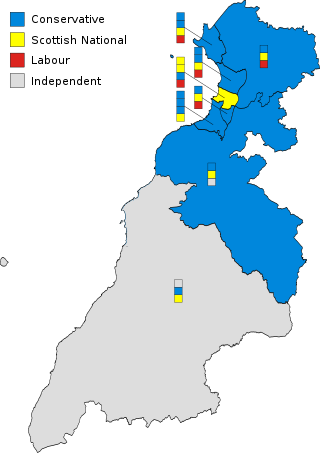
Elections to South Ayrshire Council took place on 4 May 2017 on the same day as the 31 other Scottish local government elections. As with other Scottish council elections, it was held using single transferable vote (STV) – a form of proportional representation – in which multiple candidates are elected in each ward and voters rank candidates in order of preference.
Elections to North Ayrshire Council took place on 4 May 2017 on the same day as the 31 other Scottish local government elections.
Elections to North Ayrshire Council took place on 5 May 2022 on the same day as the 31 other Scottish local government elections. As with other Scottish council elections, it was held using single transferable vote (STV) – a form of proportional representation – in which multiple candidates are elected in each ward and voters rank candidates in order of preference.

Annick is one of the nine electoral wards of East Ayrshire Council. Created in 2007, the ward elects four councillors using the single transferable vote electoral system. Originally a three-member ward, Annick was increased in size following a boundary review and has elected four councillors since the 2017 East Ayrshire Council election.
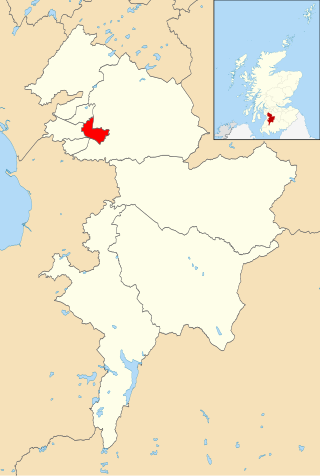
Kilmarnock East and Hurlford is one of the nine wards used to elect members of the East Ayrshire Council. It elects four councillors using the single transferable vote electoral system and covers an area with a population of 15,570 people.
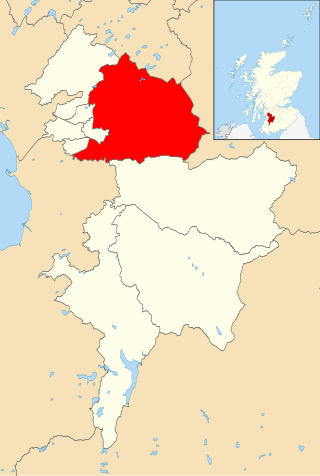
Irvine Valley is one of the nine electoral wards of East Ayrshire Council. Created in 2007, the ward elects three councillors using the single transferable vote electoral system. Originally a four-member ward, Irvine Valley was reduced in size following a boundary review and has elected three councillors since the 2017 East Ayrshire Council election.
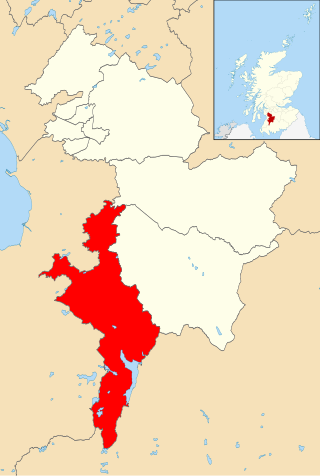
Doon Valley is one of the nine electoral wards of East Ayrshire Council. Created in 2007, the ward elects three councillors using the single transferable vote electoral system and covers an area with a population of 11,592 people.

Irvine West is one of the nine wards used to elect members of the North Ayrshire Council. Created in 1980, Irvine West was originally a single-member first-past-the-post ward before it was expanded in 2007 to become a multi-member ward which elects four councillors using the single transferable vote electoral system and covers an area with a population of 14,972 people.
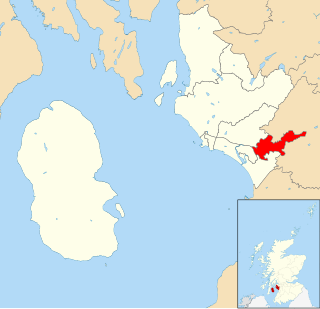
Irvine East is one of the nine wards used to elect members of the North Ayrshire Council. Created in 2007, the ward initially elected four councillors using the single transferable vote electoral system before a boundary review in 2017 reduced the number of councillors to three. It covers an area with a population of 12,537 people.

Kilwinning is one of the nine wards used to elect members of the North Ayrshire council. Created in 2007, the ward elects four councillors using the single transferable vote electoral system and covers an area with a population of 17,280 people.
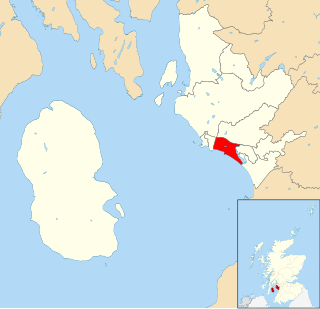
Stevenston was one of the 10 electoral wards of North Ayrshire Council. Created in 2017 following the Fifth Statutory Reviews of Electoral Arrangements, the ward elected three councillors using the single transferable vote electoral system. As a result of the Islands (Scotland) Act 2018, the ward was abolished in 2022.

Dalry and West Kilbride was one of the 10 wards used to elect members of North Ayrshire Council. Created in 2007 following the Fourth Statutory Reviews of Electoral Arrangements, the ward elected three councillors using the single transferable vote electoral system. As a result of the Islands (Scotland) Act 2018, the ward was abolished in 2022.

Saltcoats was one of the 10 electoral wards of North Ayrshire Council. Created in 2017 following the Fifth Statutory Reviews of Electoral Arrangements, the ward elected three councillors using the single transferable vote electoral system. As a result of the Islands (Scotland) Act 2018, the ward was abolished in 2022.

Irvine South is one of the nine electoral wards of North Ayrshire Council. Created in 2017, the ward elects three councillors using the single transferable vote electoral system and covers an area with a population of 10,887 people.

North Coast and Cumbraes was one of the nine wards used to elect members of North Ayrshire Council. Created in 2007 following the Fourth Statutory Reviews of Electoral Arrangements, the ward elected four councillors using the single transferable vote electoral system. As a result of the Islands (Scotland) Act 2018, the ward was abolished in 2022.

Kilbirnie and Beith was one of the 10 wards used to elect members of North Ayrshire Council. Created in 2007 following the Fourth Statutory Reviews of Electoral Arrangements, the ward elected three councillors using the single transferable vote electoral system. As a result of the Islands (Scotland) Act 2018, the ward was abolished in 2022.

Ardrossan and Arran was one of the 10 wards used to elect members of North Ayrshire Council. Created in 2007 following the Fourth Statutory Reviews of Electoral Arrangements, the ward elected three councillors using the single transferable vote electoral system. Originally a four-member ward, Ardrossan and Arran was reduced in size following a boundary review ahead of the 2017 election. As a result of the Islands (Scotland) Act 2018, the ward was abolished in 2022.
Arran is one of the nine electoral wards of North Ayrshire Council. Re-established in 2022, the ward elects one councillor using the single transferable vote electoral system and covers an area with a population of 4,649 people.
References
- ↑ "Saltcoats and Stevenston". Scottish Government. Retrieved 21 January 2024.
- ↑ "Fourth Statutory Review of Electoral Arrangements; North Ayrshire Council Area" (PDF). Local Government Boundary Commission for Scotland. May 2006. Retrieved 21 January 2024.
- ↑ "Fifth Statutory Review of Electoral Arrangements; North Ayrshire Council Area" (PDF). Local Government Boundary Commission for Scotland. May 2016. Retrieved 21 January 2024.
- ↑ "Review of Electoral Arrangements; North Ayrshire Council Area" (PDF). Boundaries Scotland. June 2021. Retrieved 21 January 2024.
- ↑ Andy Hamilton (5 March 2022). "North Ayrshire: Changes on the way as voters get set to go to polls". Irvine Times. Retrieved 2 May 2022.
- ↑ "Declaration of Results Report Saltcoats and Stevenston". North Ayrshire Council. 6 May 2022. Retrieved 7 May 2022.
- ↑ "Candidate Votes Per Stage Report Saltcoats and Stevenston". North Ayrshire Council. 6 May 2022. Retrieved 7 May 2022.
- ↑ "Declaration of Results Ward 04 - Saltcoats and Stevenston" (PDF). North Ayrshire Council. 4 May 2012. Retrieved 18 January 2024.
- ↑ "By-election Ward 4" (PDF). North Ayrshire Council. 26 August 2011. Retrieved 21 January 2024.
- ↑ "Local Government Elections 2007: Declaration of result North Ayrshire Council: Saltcoats and Stevenston Electoral Ward" (PDF). North Ayrshire Council. 4 May 2007. Retrieved 21 January 2024.